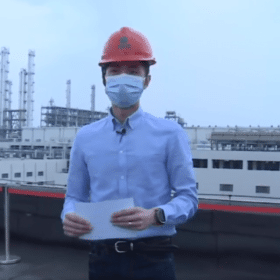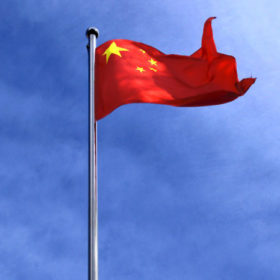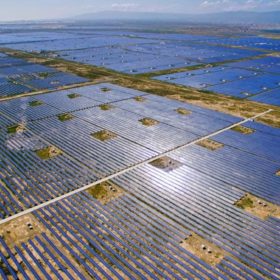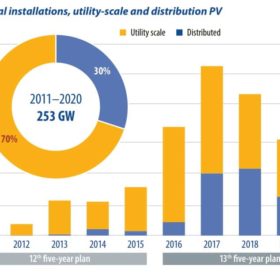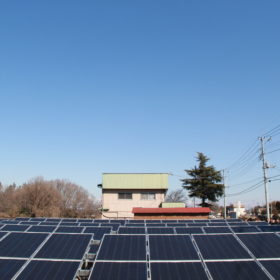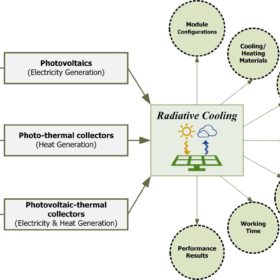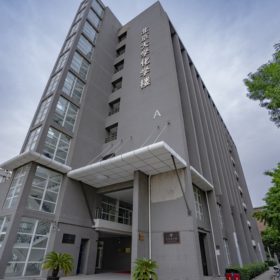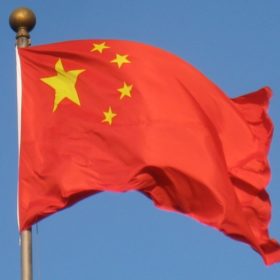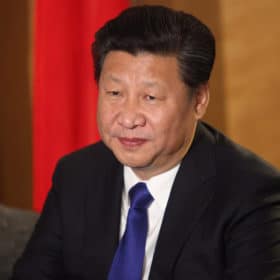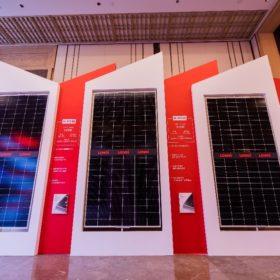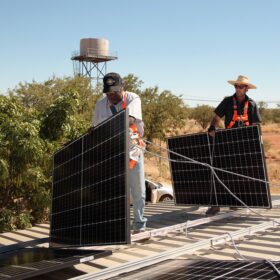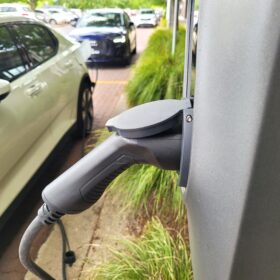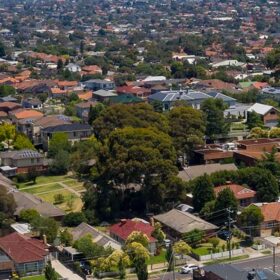Global solar supply chain remains under scrutiny
The discussion about the extent to which forced labor exists in the solar value chain continues. A video, a university report, a ministerial response and a parliamentary machinations formed notable developments of the debate last week.
Australia-China relations continue to sour
Last week’s announcement by China’s National Development and Reform Commission (NDRC) that it has indefinitely suspended all high-level economic dialogue with Australia indicates Beijing’s increasing willingness to target trade in its dispute with Canberra. With China buying around a third of everything Australia exports on a value basis, the downward spiral in Sino-Australian diplomatic relations is clearly of concern.
Saturday read: New applications see surge in Chinese demand
China’s project development segment is dynamic, to say the least. Having undergone significant changes toward a “subsidy-free” footing, developers are now facing requirements to integrate storage, deploy hybrid arrays, and pursue self consumption through BIPV and agrivoltaics applications, writes Frank Haugwitz, the director of the Asia Europe Clean Energy (Solar) Advisory (AECEA).
Saturday read: China reaches a tipping point in 2021
This year will be a key period in the development of China’s solar PV market. It is the first year of the 14th five-year plan, the first calendar year after President Xi Jinping announced the 2030-60 carbon emissions commitment, and the first year for utility and commercial unsubsidised projects. IHS Markit expects the solar industry in China to reach another milestone with more than 60 GW of installations this year, advancing the ground for the energy transition and the displacement of traditional energy sources to fullfill the goal of a net carbon future over the next four decades to come.
Jolywood signs megadeal with Chinese utility to supply 7 GW of household solar
Based on current market prices, the five-year contract could be worth almost $4 billion to the $1 billion company, but the TOPCon manufacturer has not publicised the price at which it will supply and install modules for its state-owned sponsor.
The best radiative cooling tech for PV arrays
Scientists in China have analysed the radiative cooling techniques used in combination with solar energy systems such as PV arrays, solar thermal collectors, and concentrated PV installations. They identified five major system typologies based on functionality and working time.
A different angle on perovskite defects
Scientists in China took a closer look at the role of defects in limiting the performance of perovskite solar cells, demonstrating a screening effect that could be tuned to make material defects “invisible” to charge carriers, greatly improving cell performance. Using this approach they demonstrate a 22% efficient inverted perovskite solar cell, and theorise several new pathways to even higher performance.
Australian solar industry remarkably silent as global pressure mounts around allegations of forced labour in supply chain
The solar industry in Europe and the United States is continuing to ramp up the pressure on the use of polysilicon produced in Xinjiang, China – in response to allegations that forced labour is being used in its production. By contrast, the Australian industry’s response has been markedly muted. Although it is true that most global solar industries are heavily reliant on Chinese manufacturing, Australia is overwhelmingly so.
China mandates energy storage as it sets 16.5% solar and wind target for 2025
The National Energy Administration has ordered grid companies to supply enough network connection points for all the solar and wind projects registered in 2019 and 2020, and said variable renewables should be supplying 11% of the nation’s electricity by the end of the year.
Longi unveils two PV modules for distributed generation
The two new products will be part of the Hi-MO4m panel series for rooftop applications. Their efficiency ranges from 19.2% to 21.2%.
